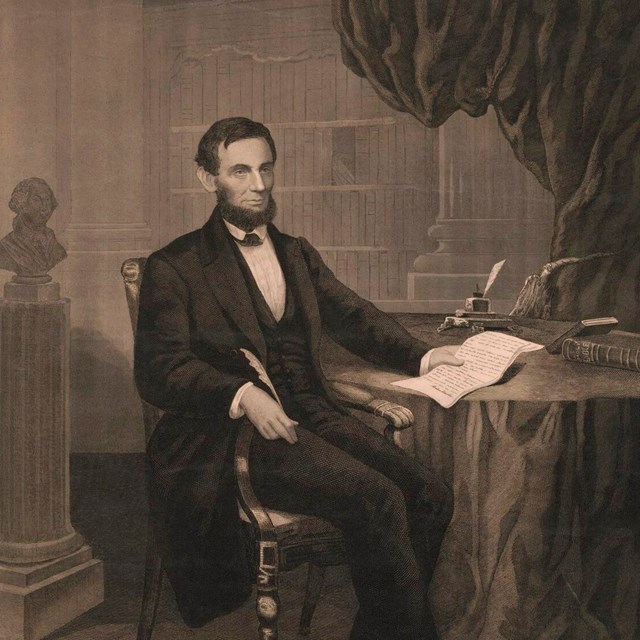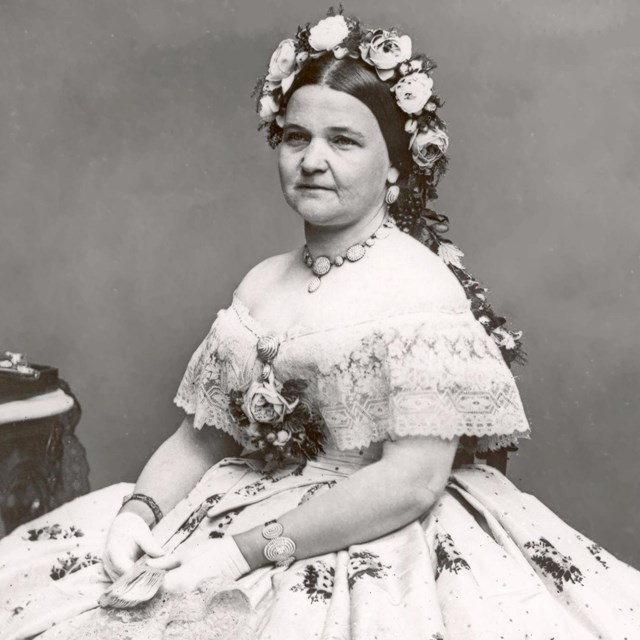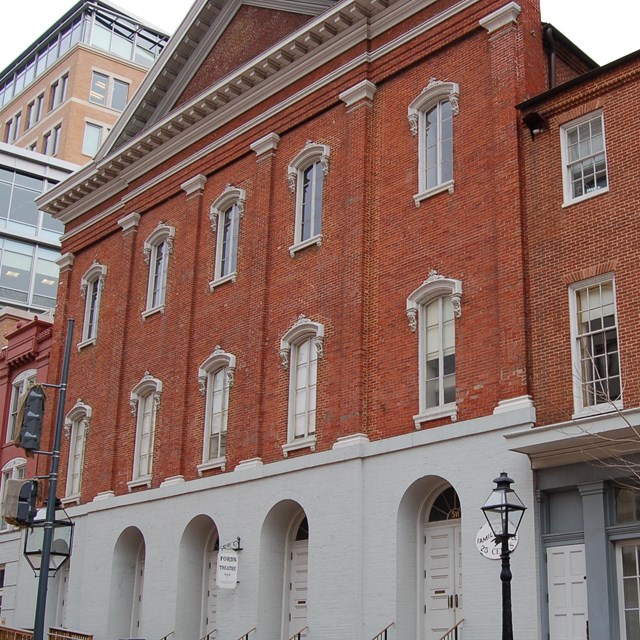
NPS Photo/Byers The vast volume of books about Lincoln, both in-print and out-of-print, can make it difficult to gain a masterful knowledge of our sixteenth president. Fortunately, the 200th anniversary of Lincoln’s birth, celebrated in 2009, produced a flood of acclaimed books about Lincoln. Many are now regarded as contemporary classics. In that year and in the years following, historians wrote and published an unprecedented number of great new studies on Lincoln. Biographies of Lincoln:Biographies on Lincoln are often lengthy. Ronald C. White, Jr.’s 2009 A. Lincoln: A Biography is a 600-plus-page tome. White's tone, though, is often conversational, making the book easier to read than its size might suggest. He has a keen eye for great anecdotes that paint a fuller picture of Lincoln. James M. McPherson, a well-known Civil War historian, also created a slim and highly readable biography during this time. His Abraham Lincoln, at a mere 79 pages including back material, invites readers to ask how one would succinctly sum up the 56 years of Lincoln’s life. Is such a task even possible? This is a great introduction to Lincoln. The included annotated bibliography provides a welcome road map to other existing scholarship. While not strictly a biography, Kenneth J. Winkle’s Abraham and Mary Lincoln, examines a partnership that shaped a political career and a remarkable presidency. Mary Lincoln is a popular topic among Lincoln historians. Many scholars over the years have unfairly criticized and maligned her character. Winkle deftly deals with the relationship between the two and provides a more even-handed, nuanced portrayal of the First Lady. Lincoln, Slavery, and Freedom:One of the most celebrated books to come out of the 2009 Lincoln book deluge is Eric Foner’s The Fiery Trial: Abraham Lincoln and American Slavery. The Fiery Trial won the Pulitzer Prize in History, the Lincoln Prize, and the Bancroft Prize. Foner asserts that Lincoln evolved over time in his thinking on major issues. This evolution facilitated his effective prosecution of the war and the ending of slavery. Foner masterfully provides historical context and demonstrates how these factors influenced Lincoln. Readers gain much from The Fiery Trial. Howard University Professor of History Edna Greene Medford’s Lincoln and Emancipation works well in tandem with Foner’s book. Abraham Lincoln’s dramatic shift towards emancipation, adeptly chronicled by Medford, changed the core purpose of the Civil War and Lincoln’s presidency. This transformation midway through the war was evident in the critical role played by the U.S. Colored Troops. These were African American soldiers who fought on behalf of the Union cause. Their challenges are brilliantly covered by John David Smith in Lincoln and the U.S. Colored Troops. Both Lincoln and Emancipation and Lincoln and the U.S. Colored Troops, as well as Abraham and Mary Lincoln referenced above, are part of a series known as the Concise Lincoln Library. Produced by an academic publisher, these books remain highly accessible to the general reader and for people learning about Lincoln for the first time. Some of the titles in this series are more narrowly focused in their subject matter. The three works profiled here cover broader perspectives on Lincoln. Lincoln as Commander-in-Chief:Michael Burlingame is one of the foremost Abraham Lincoln scholars of our time. His massive 2-volume biography, Abraham Lincoln: A Life, is widely known among scholars and armchair historians for its breadth and depth. In Lincoln and the Civil War, Burlingame relates how the conflict shaped Lincoln. Burlingame distinguishes himself from many historians by turning a more critical eye on historical actors and events. He offers a breath of fresh air where much of the historical literature glosses over conflicts or seeks to minimize tensions that may deserve more scrutiny. James M. McPherson’s Tried by War: Abraham Lincoln as Commander in Chief is another important book on Lincoln as a wartime president. McPherson argues that despite the wealth of historical material on Lincoln, there is a dearth of scholarship on President Lincoln as the top military leader during the Civil War. Tried by War permits the reader to see Lincoln through a different lens. We can find new insights by examining Lincoln’s military perspective, rather than giving greater weight to political decision making. Burlingame’s short book and McPherson’s Tried by War work well together in this realm. Lincoln and Washington, DC:To understand the last stages of the Civil War, it is important to study the environment in which the final weeks of Lincoln’s life occurred. Two books are well positioned to provide this understanding. Kenneth J. Winkle’s Lincoln’s Citadel: The Civil War in Washington, DC, reveals how the nation’s capital changed forever due to the war. Though local residents are often aware of this fact, few visitors to the city know that Washington, D.C. became the city it is today because of the Civil War. The city was widely regarded as a sleepy cultural backwater compared to many other East Coast cities before the war. Its population boomed in the tumult of the conflict. As Winkle argues, Washington became the most heavily fortified city in North America during the war. Many pivotal battles of the war played out relatively near Washington, giving even greater centrality to the American capital. Lincoln and the Assassination:There still remains an endless fascination with the last week of Lincoln’s life among visitors to Ford’s Theatre National Historic Site. Visitors and even employees often want to know detailed, cryptic minutiae about Lincoln’s final days and the circumstances around his assassination. Edward Steers, Jr. provides this in Blood on the Moon: The Assassination of Abraham Lincoln. Steers is well regarded as perhaps the preeminent scholar of the Lincoln assassination. His Blood on the Moon is often consulted by park rangers at Ford’s Theatre National Historic Site. The book makes a useful reference for facts about the assassination and the role of various conspirators. The works chronicled above provide a great entry point for those wanting to learn more about Abraham Lincoln. Yet even still, more about our sixteenth president is always being written. Want to Learn More?
|
Last updated: August 14, 2025



